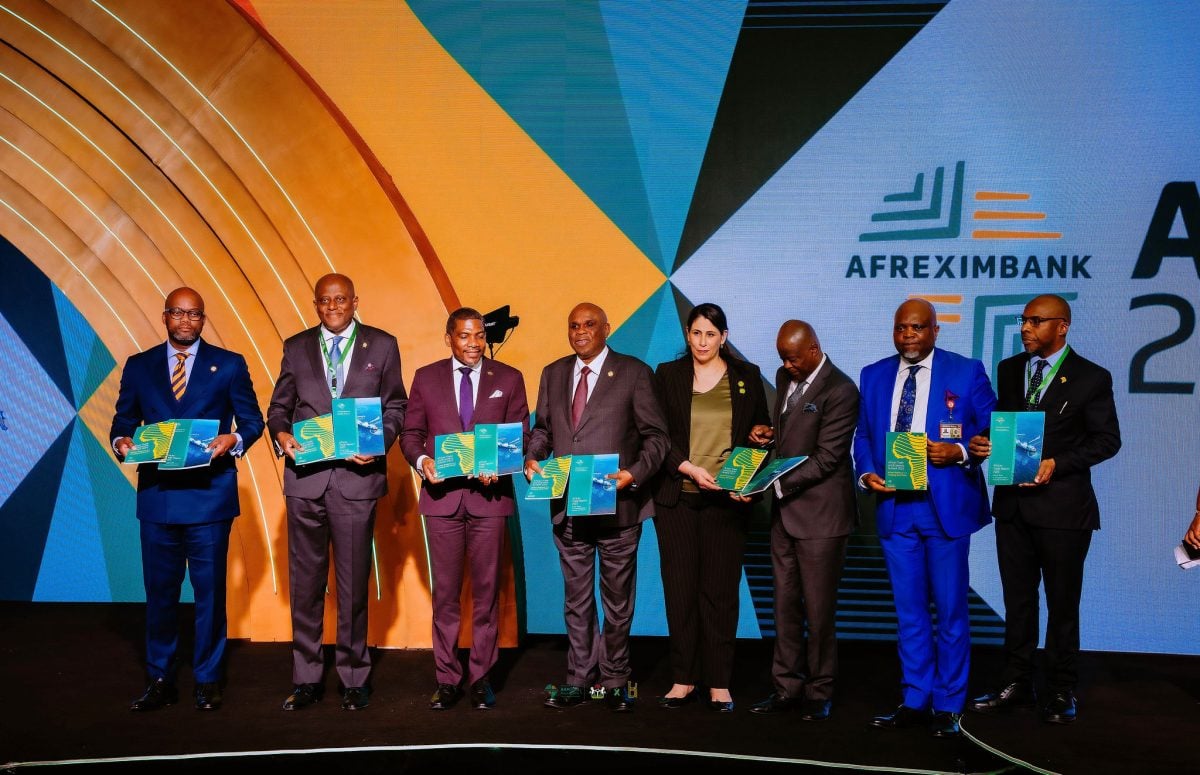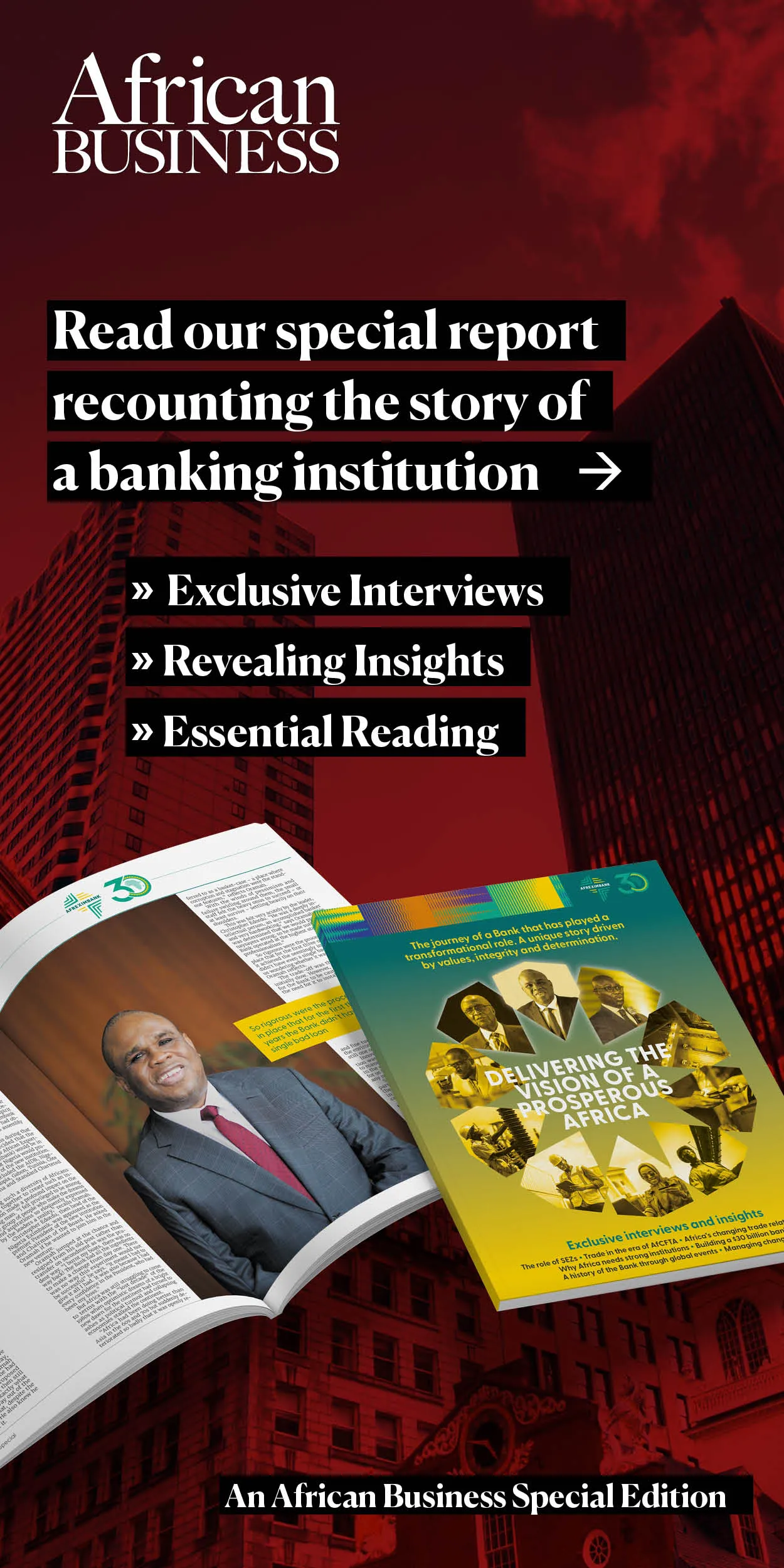This article was produced with the support of Afreximbank
As global economic uncertainties deepen and geopolitical tensions reshape trade flows, the African Export-Import Bank (Afreximbank) on Wednesday unveiled a series of strategic reports aimed at charting a survival roadmap for Africa.
Released at its 2025 Annual Meetings in Abuja, Nigeria, the new publications – the African Trade and Economic Outlook 2025 and the African Trade Report 2025 – offer practical policy recommendations and bold economic strategies to help African nations navigate the turbulence of a volatile global order.
Group chief economist Yemi Kale, in his presentation on the reports, stressed that they are not mere compendiums, but strategic narratives grounded in data and insights.
They are to enable policymakers on the continent to make sense of the emerging vulnerabilities in the world and chart a course through them.
According to Kale, the African Trade and Economic Outlook and the African Trade Report, aside from identifying risks and providing forecasts, also provide a road map for growth and portray Africa’s resilience in a changing world.
He noted that in growing uncertainties, unsustainable debt burdena, protectionism, and nationalism lie an opportunity for Africa to reset and rethink.
“Our continent holds development prospects even as Africa is contending with compounding vulnerabilities such as high, sometimes unsustainable debt burdens, escalating trade tension, climate change, and significant infrastructure gaps, and so on, which are converging to constrain the continent’s growth. However, within this context lies extraordinary opportunities.
“These reports serve as more than tools for reflection, but are strategic compasses designed to convert these complexities and insights into action. They provide policymakers, investors, development partners, and so on, with evidence-based options that outline Africa’s demographic strengths.
“They therefore represent roadmaps to navigate these increasing multipolar uncertainties and to ensure that the continent no longer reacts on the moment, but to help to shape them,” Kale explained.
Kale noted that, “today, the architecture of global finance is undergoing rapid and urgent changes, which are characterized by fragmentation, driven by multiple forces, that include escalating sanction regimes, rising global interest rates, volatility in the United States dollar and widespread de-risking practices by financial institutions.
“What leads to the changes in financial architecture is not just the economic cycle, it is also the rise of multipolar financing institutions.”
Africa’s remarkable adaptability
The African Trade and Economic Outlook 2025’s key message is that despite turbulence in the past few years, Africa has shown a remarkable ability to adjust. The report further revealed that despite a challenging 2024, the continent grew by 3.3%, with intra-African rebounding strongly, as it grew by 12.4%, reversing the previous year’s decline.
This was supported by stronger domestic consumption, rising investment and enhanced trade exhibition. In addition, the report showed that the resilience in the continent was complemented by the consistent support of African multilateral institutions such as the Afreximbank.
Looking ahead in 2025, the report predicted that the continent would grow by four percent and average inflation was expected to decline from about 19% to about 15%, due to tighter monetary policy in most of the countries.
Intra-African trade was forecast to grow at 6.6% on average annually, between 2025 and 2029, driven strongly by the AfCFTA implementation. It also highlights how ongoing global financial fragmentation is reshaping African trade and the need for Africa to look inwards.
The second report – the African Trade Report 2025 – identified critical pressure points, growing debt complexities, escalating trade war among major global powers, climate-related shocks and other dangers.
The report also makes a compelling case to diversify exports beyond primary commodities, deepen industrial capacity and value-addition, and invest in human capital, innovations, and infrastructure.
 Sign in with Google
Sign in with Google 
